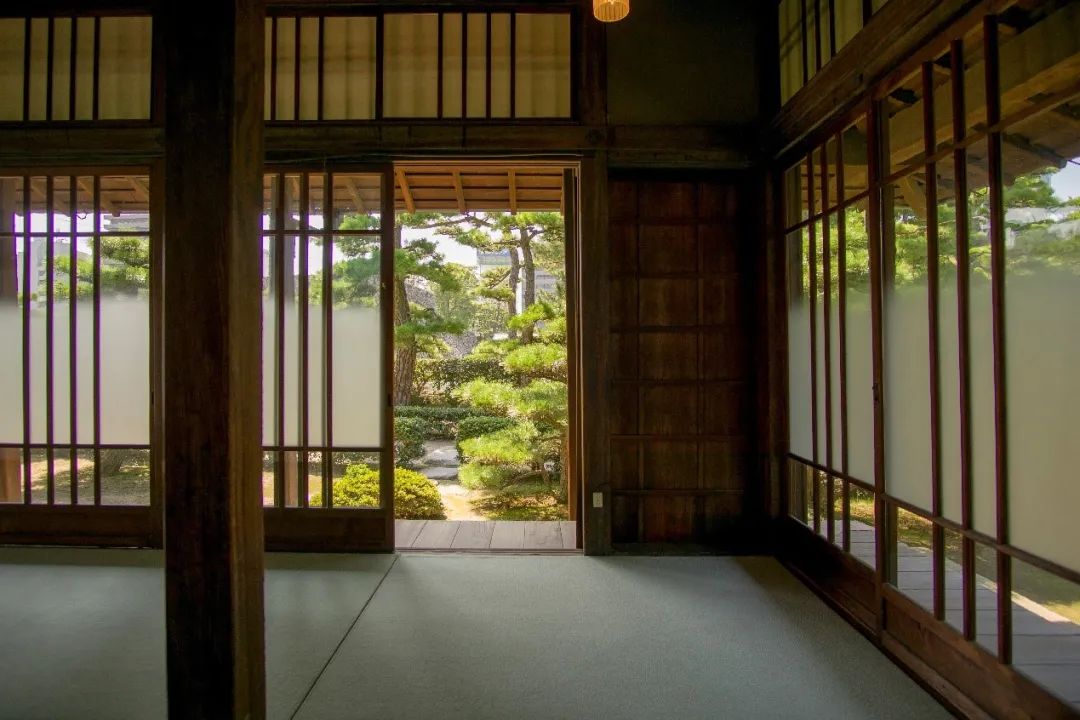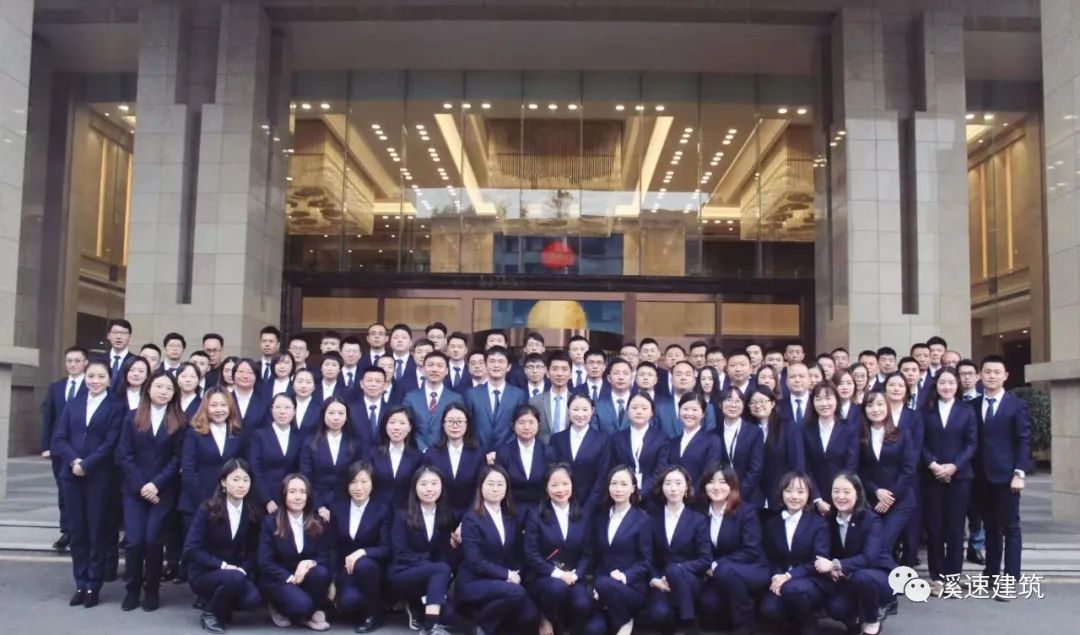On the tenth day of the lunar new year, it is better to read than to touch the ground
. 
As the Chinese celebrate the Spring Festival, let’s take a look at how neighboring Japan celebrates the new year
. 
People wash their hands and gargle, go to the shrine devoutly, and pray for peace and prosperity in the coming year
. 
This activity is called “first attainments”
. 
As popular as the Meiji Shrine in Tokyo, millions of people come to pay homage to it every new year
. 
Shinto shrine is the sacrificial building of Shinto, an inherent religion in Japan
. 
It worships Japanese ancestors and legendary gods
. 
Of course, there are also great men and righteous men, including the infamous Class-A war criminals
. 
At the same time, the shrine is also the representative of Japanese wooden structure architecture
. 
In ancient times, if the house broke down, what would people do? Most of the time, it’s time to repair and mend
. 
It’s a big deal to change a beam or a column
. 
Japanese ancients are very willful – they choose to rebuild, the new is better than the old! The most revered shrine, ISI shrine, has inherited the habit of reconstruction
.
Every 20 years, people rebuild the palace on the same size of land beside the main palace, and re order the costumes and artifacts in the temple, which takes up to 8 years
.
The pictures of △ style moving to the palace are from the official website of Yishi temple
.
Therefore, although the current Yishi temple has been rebuilt 62 times, its style is basically the same as that recorded in the literature
.
Since the primitive society, the temple has been listening to the voice of prayer until today, and at the same time, it has completely preserved the traditional structure, which is not surprising
.
Do you know where the oldest wooden building in the world is? Is it the South Chan temple in Wutai Mountain? Is it Yingxian Wooden Tower? Should it be in Shanxi, at least in China? None of the above
.
The correct answer is the FaLong temple in Nara, Japan
.
FaLong temple was built by Prince Shengde in 607
.
The picture of the West courtyard of FaLong temple comes from the traditional oriental architecture on the official website of FaLong temple
.
From the magnificent Forbidden City to the courtyard where ordinary people live, it has a characteristic of left-right symmetry
.
This feature is also very common in western historical buildings
.
Whether it is a temple or a church, it is the only way for craftsmen to arouse human respect for order with symmetrical layout
.
But the Japanese have their own understanding of order and beauty
.
After the introduction of Buddhist architecture from China to Japan, the Japanese have been willful in the FaLong temple
.
The most special part of the FaLong Temple lies in its asymmetric layout
.
It is quite different from the progressive traditional Chinese architectural complex
.
As soon as you enter the gate, the five tower, Jintang, and the middle gate buildings will come into view
.
They are different in height and size, showing their beauty
.
The Japanese, who had always been in love with wooden structures, inevitably opened the era of Western architecture after being blasted open by black ships in 1853
.
Brick, stone and steel structures are gradually popularized in Japan
.
Japanese architects went abroad and actively studied western ideas and skills
.
Delta black boat sailing [Japan] sanyubo: from former Kawabata male to tanxia Kenzo, from Tadao Ando to Kao songshen, both the overseas academic school and the local “wild warrior” are called by modernism, which makes Japanese architecture present a state of blooming flowers
.
Design by Takamatsu Shin architectural design office, Tottori Prefecture, Japan, architect of Japan
.
The style of early works is exaggerated, inspired by mechanical aesthetics, and most of them have strong high-tech style and futuristic color
.
On the eve of the bubble economy in the last 60 to 80s of last century, the diverse attempts of Japanese architecture were highly reflected in Gao Song’s works
.
In this era, are wooden buildings forgotten in the corner? No, In Rehai City, Shizuoka County, there is a cafe standing like a big tree by the sea
.
“Root” from the ground to the mortise and tenon structure gradually grow to the whole roof, a total of 49 layers of cedar
.
The whole “tree crown” is swaying in the wind
.
There are no pillars under the roof, only the scenery extending to the end of the line of sight
.
This small building is designed by Kengo Kuma, an architect who is good at using bamboo and wood materials
.
At the other end of the globe, in Aspen, a ski resort in Colorado, architect Sakamoto uses a wooden roof to bring a new life to a contemporary art museum
.
The soft texture of Michael Moran’s wood structure is like a woven fabric, which complements the towering mountains not far away
.
With the development of materials and structural technology, refractory and poor strength wood seems to have gradually faded out of people’s lives (at least in China)
.
Even the landscape corridors in the park no longer use wood, but spray paint after concrete pouring to achieve the “wood” effect, which is faster and cheaper
.
However, do we really no longer need wood? Why do we still like wood flooring and wood furniture? Wood is the medium that connects man and nature – I think that’s why
.
No matter how special the shape is, no matter how gorgeous the shape is, when people see the growth rings and texture, they feel at ease – it’s a nature we can’t be more familiar with
.
For the Japanese, a wooden hut is the home of the so-called “home”
.
More than 30 layers of reinforced concrete can not bring enough sense of security
.
What does wood mean to us Orientals? For westerners, stone churches mean eternity, while for easterners, wooden palaces mean generation after generation
.
Wood has the same time limit of life as man
.
Architecture doesn’t need to be eternal
.
It’s the continuation of life to leave it to posterity
.
It’s a pity that the domestic scenic spots mechanically imitate the harmony architecture and even the five tower, and claim the Tang style and song rhyme
.
Instead of being totally unaware of it, people are excited about one more punch in point
.
At the same time, the Japanese who adhere to the tradition of wooden structure successfully bring the breathtaking beauty of wooden structure to the headquarters of Omega in Switzerland and the downtown of Vancouver in Canada, which is really a mixed experience
.
May one day people rediscover the beauty of wood as a simple material
.
Reference materials: [1] Han Baode
.
Look for architecture
.
Life · reading · Xinzhi Sanlian bookstore, 2017 [2] Zhao Guangchao
.
Not only Chinese wood architecture
.
Zhonghua Book Company, 2018 [3] OTA botaro
.
Preface to Japanese architectural history
.
Tongji University Press, 2016.
.



